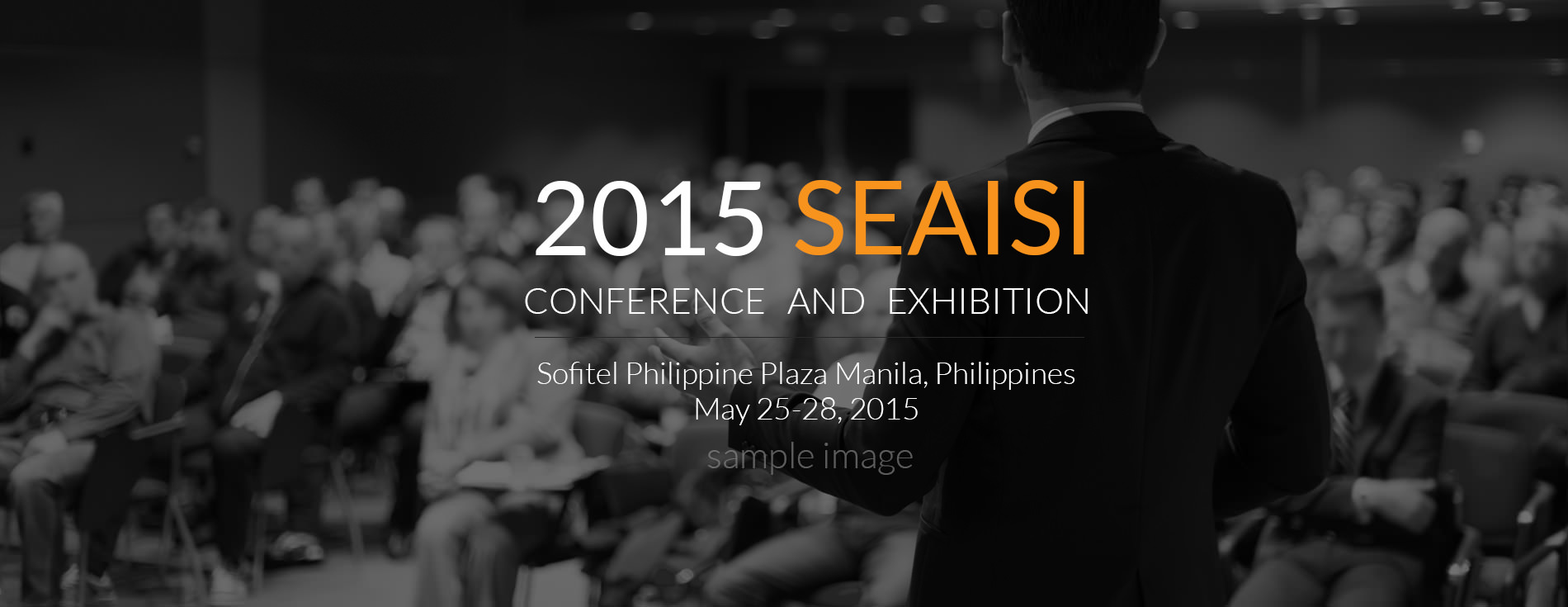Our History
1952 - Government initiated a steel project to produce reinforcing steel bars using the Electric Arc Furnace and Bar Rolling Mill in Iligan City, Mindanao. This was implemented by National Shipyards and Steel Corporation (NASSCO)
1963 - Iligan Integrated Steel Mills Inc. (IISMI) was organized with equity funding from Jacinto Group, and the Government to establish a fully integrated steel mill. NASSCO assets and operations were absorbed by IISMI.
The Philippine Iron and Steel Institute (PISI) was established with Mr. Jose P. Marcelo as its first President. Board of Trustees were: Jose P. Marcelo Sr.; Jesus Cabarrus; Cornelio Balmaceda; Nicanor Jacinto; Eduardo Chanco; Bernardo Abrera, and Henry Belden. The PISI was registered with the Securities and Exchange Commission (SEC) as a non-stock, non-profit organization to promote the advancement of the country’s iron and steel industry.
1964 - Mr. Manuel Elizalde Sr. was elected PISI President
1969 - IISMI completed the Hot Mill and Cold Mill to produce hot rolled coils/plates and cold rolled coils/sheets in Iligan City. Elizalde Group also put up a Cold Mill and Electrlytic Tinning Line in Pasig, Metro Manila.
1971 - PISI elected a new Board of Trustees composed of Dominador de Jesus; Jose Marcelo Jr.; L.C. Young; Lauro Cruz; Jose Martel; Jose Quema; Dante Santos; Nicanor Villasenor; and Gonzalo Puyat III. Dominador de Jesus was elected PISI President and Dr. Antonio V. Arizabal, Executive Director of the Metals Industry Research and Development Center (MIRDC) as ex-officio member of the Board of Trustees representing the government.
PISI join Southeast Asia Iron & Steel Institute (SEAISI) as a founding member. SEAISI was incorporated by the United Nations Economics Commission for Asia and the Far East (ECAFE) and currently it has nine member countries comprising the Regular Member countries of Indonesia, Malaysia, Philippines, Singapore, Thailand and Vietnam and the Supporting Member countries Australia, South Korea and Taiwan.
1972 - Upon declaration of Martial Law, the government sequestered IISMI and transferred the assets and management to a newly incorporated National Steel Corporation (NSC) in 1974.
Jose T. Marcelo Jr. was elected as PISI President.
1975 - The Philippine government pushed for the establishment of an integrated iron and steel mill as part of the Major Industrial Projects (MIPs). The government through MIRDC consulted and cooperated closely with the PISI which has come to be regarded as the representative and voice of the steel industry.
Jose O. Quema was elected PISI President.
1978 - NSC acquired the assets of Elizalde Group, Philippine Blooming Mills(PBM), Philippine Plate Mills Inc. (PPMCI) and Visayan Iron & Steel Company(VISCO).
Nicanor Villaseñor was elected PISI President.
1982 - Philippine Sinter Corporation (PSC) a subsidiary of Kawasaki Steel Corporation(now JFE) started operations which processed imported iron ore for the feedstock of their Blast Furnaces in Japan.
NSC embarked in an expansion program for its Hot Mill ,Cold Mill, Tinning Line and Billet Steelmaking facilities.
Major Amando O. Dumlao was elected PISI President.
1990 - The Iron and Steel Industry Act was formulated and eventually approved as Republic Act 7103 in 1991 to legally enable the speedy development of the steel industry in order to launch Philippine industrialization.
Rolando A. Jaurigue was elected as PISI President.
1995 - National Steel Coprporation was acquired by Westmont Group of Malaysia through Wing Tiek under the government’s privatization program. During this time Philsteel Group put up its Cold Mill with Galvanizing Line, Bacnotan Steel Industries Inc. its Electric Arc Furnace and Bar Rolling Mill, and Steel Asia Manufacturing Corp. its Bar Rolling Mill.
Alberto Albano was elected PISI President.
1998 - The steel market collapsed as an aftermath of the July 1997 Asian Financial Crisis. Apparent Steel Consumption(ASC) decreased to 3.1 million tons from a record ASC of 4.6 million tons in 1996 and the country’s steel industry faced the proliferation of substandard steel products. PISI together with the Philippine Constructors’ Association (PCA) and the Bureau of Product Standards (BPS) banded together in conducting standards monitoring and enforcement nationwide.
2003 - Ispat Group of India through its subsidiary Global Steel Philippines, took over the NSC Iligan plant facilities that was acquired by Westmont Group in 1995.
Wellington Tong was elected PISI President.
2010 - ASC was able to return to 4 million tons level 12 years after 1997 Asian Financial Crisis. Global Steel Philippines shut down Iligan plant operations effectively depriving the market of locally produced hot rolled coils/plates, cold rolled coils/sheets and tinplates.
Roberto M. Cola was elected PISI President.
2013 - ASC reached 6.5 million tons and PISI spearheaded the steel industry roadmap study that was submitted to the Philippine government. The roadmap envisions total demand to reached 20 million tons in 2030 and doubling of per capita steel consumption of 130 kilograms from 63 kilograms in 2012.
At present, the PISI is the premiere organization recognized by the government representing the country’s steel industry. It will remain true to its commitment of being a catalyst to bring about the Philippines’ sustainable and globally competitive production and manufacture of iron and steel products.







